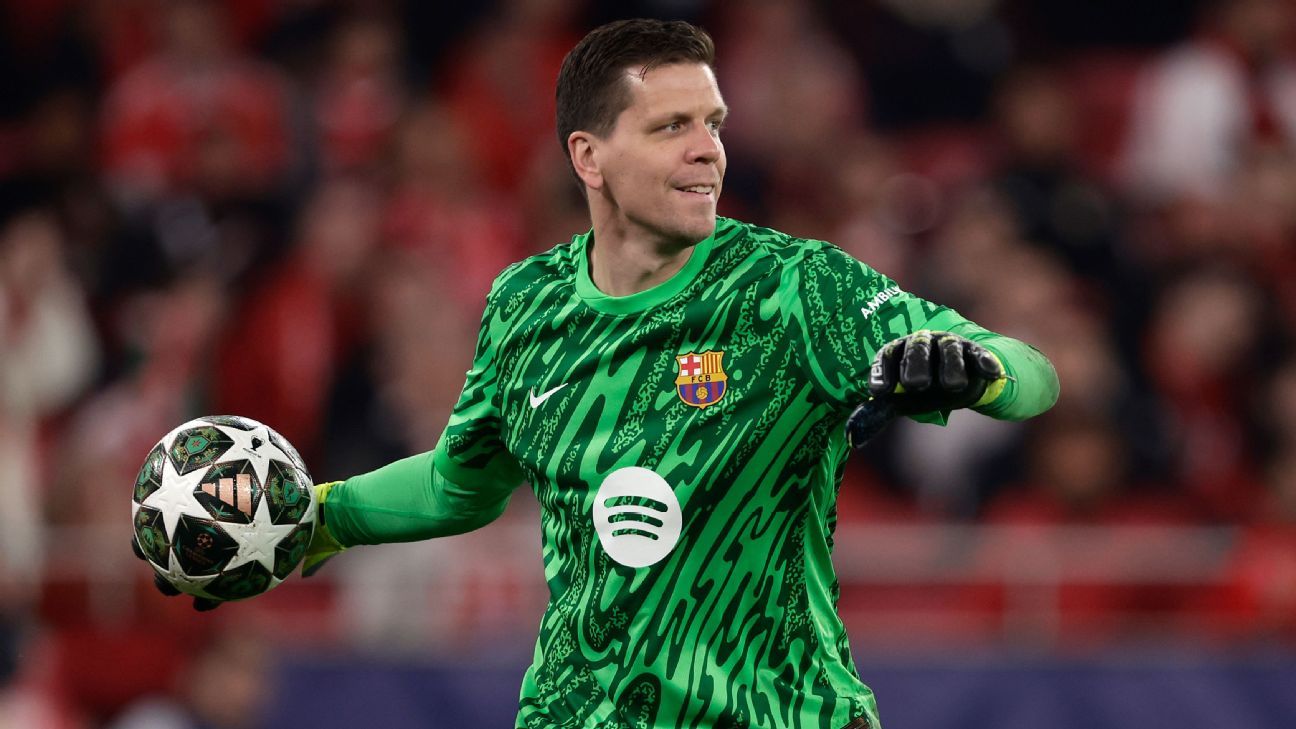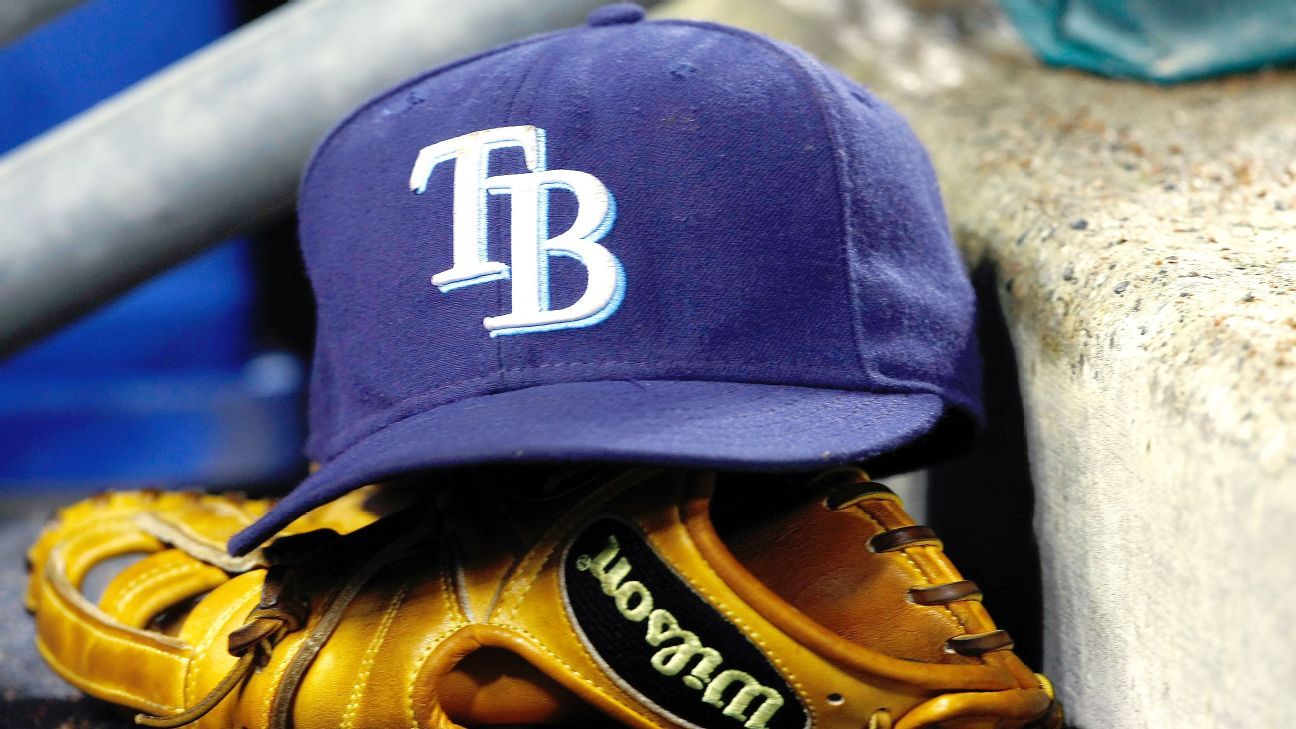
Paul Hobrough looks at the issues that come from giving these multi-tasking muscles too much work to do
The hamstring is that muscle at the back of the upper leg – you know, the one that everyone says is ‘tight’? Its primary role is to bend the knee, but it does a number of other pretty cool jobs, some of which may in fact be its downfall.
You will all know someone who does too many things at once and will at times drop something, make a mistake or break something or even themselves.
The hamstring is just like that – an ultra-busy muscle that should really just be bending the knee but chooses to keep itself overworked doing other things.
As well as bending the knee, your hamstrings, of which there are three – two on the medial side (semintendinosus and semimemberanosus) and one on the lateral side (biceps femoris) – can also extend the hip, offer some small degrees of rotation around the lower leg and, crucially, slow down the lower leg when knee extension occurs (that is, to stop you hyper extending the knee joint). With all this work going on, it is not surprising that it is one of the muscles we report as being tight all the time.
The high hamstring is where the muscle originates from our seat bones (ischial tuberosities) and I see a lot of high hamstring injuries in the spring due to runners taking to the track or increasing their running intensity following the winter months.
For a long time I was treating elite level athletes who would come in with right high hamstring issues, seemingly out of the blue. I started to consider why and came up with the idea that moving from road running to anti-clockwise track running would be placing a relatively new strain on the right side and begin to irritate the hamstring tendon.
I also noticed these athletes had a slouched posture in the mid thoracic region (middle back) and this was also very tight, perhaps from sitting at a desk a lot.
I was able to successfully treat these patients with shockwave therapy to the high tendon which resolved the actual tendon issue. However without working to reduce the tension in the mid thoracic area, strengthening the glute activation and educating the athletes to run both directions on the track, I am certain this issue would have come back.
What can we learn from this and how does it help you avoid hamstring issues?
Consider your hamstrings as primarily a knee flexor, but understand that they have a role in hip extension and rotation of the lower leg when the knee is bent. Therefore, make sure your glutes are strong and firing so they do not pass their job on to the hamstring.
Running around the track could be asking a lot of the hamstrings to assist in the slow, deliberate direction change around the track, so make sure you are doing some rotation work in the gym, even on a single leg balance.
Ensure that your back is moving well, that you have good function throughout your spine and you are not spending long periods in front of your computer then expecting to get up and run at the end of the day.
Here are some exercises to consider on your journey to healthier, less injury-prone, hamstrings.
Thread the needle: (for thoracic mobility)
On all fours, lift one arm straight up to the ceiling and follow with your head and shoulders, then bring the arm back around the body and through the gap between knees and hands as it passes under your body and out through to the other side. Your shoulder should almost graze the floor as you pass through.
Single leg balance with upper body rotations
Stand on one leg and with outstretched arms (even holding a medicine ball or weight for the advanced) slowly rotate the outstretched arms from one side to the other. Repeat both sides.
Glute activation
Laying face down, bend your knee to 90 degrees and lift your thigh off the floor a little, hold and then rest back down. Imagine you have a tray of glasses on the sole of your foot and lift it without spilling any. This ensures you are focusing on control of the movement.
Hamstring swiss ball curls
On your back, place your heels onto a swiss ball, lift your hips up and pull the ball towards you with bent knees, release back and repeat. This is a good one for testing the overall core strength. If you can’t do this, then wide spread arms will help initially.
I would also expect you to be doing the usual hamstring strength work in the gym, such as hamstring curls, dead lift, band work, squats and, for the brave, Nordic hamstring curls.
What’s the best treatment?
When it comes to treatment, I advocated the use of shockwave therapy earlier. This is excellent at sorting out the tendinopathy at the hamstring insertion, but you really must see this as fixing the injury, not preventing it from coming back.
The exercises above are far from exhaustive, but are rather showing you a few that you may not have thought of to compliment your current strength and conditioning practices.
Also, do not underestimate the effect that recurrent track running in the same direction may pose to you for a great many injuries. Keep it varied and change direction frequently.
Don’t forget to stretch
You might have noticed that I haven’t put in any hamstring stretches yet. I do believe that stretching the hamstrings needs to be done over longer periods, one to two minutes at a time.
To make this more likely, lay on your back inside a doorframe, with one leg passing through to the next room and the hips upward inside the first. Place one leg against the door frame straight up with a bent knee. You will feel the stretch in the back of the leg.
Hold for 30 seconds or at least longer than six seconds (the time it takes the central nervous system to stop fighting the stretch) then move the foot a little higher, hold for another 30 and so on.
If this article teaches you just one thing, it should be that the hamstring itself is not the issue, it’s the glutes, the training errors and potentially the spine that are just seeking to exhaust and reduce this muscle to tears.
So take a more holisitic look at your hamstrings, your training and the things you can do to support this hard-working part of your running ability.















 Phone: (800) 737. 6040
Phone: (800) 737. 6040 Fax: (800) 825 5558
Fax: (800) 825 5558 Website:
Website:  Email:
Email: 






